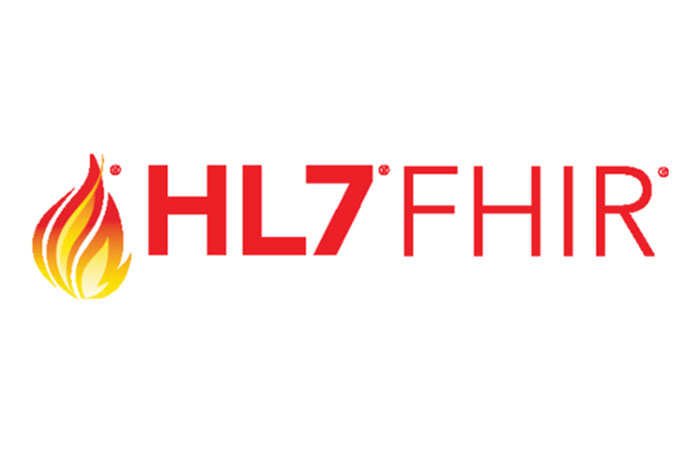“Contemporary clinical decision support standards using Health Level Seven International Fast Healthcare Interoperability Resources” by Howard R Strasberg, Bryn Rhodes, Guilherme Del Fiol, Robert A Jenders, Peter J Haug, Kensaku Kawamoto, published in the Journal of the American Medical Informatics Association 28(8), 2021.
Standards in clinical decision support (CDS) systems may help reduce healthcare variability, improve healthcare quality, and patient safety. A relatively new standard is Health Level Seven’s Fast Healthcare Interoperability Resources (HL7’s FHIR), first published in 2014. It defines a health care data model, and a set of RESTful services which enable the exchange of healthcare data between applications. In 2020, the U.S. Office of the National Coordinator for Health Information Technology included FHIR release 4 in its 21st Century Cures Act that made a two-year period use of FHIR a prerequisite for receiving a certification for health information technology (IT). This review has the goal to support the development of standards-based CDS systems and their adoption of FHIR. It includes the Arden Syntax (using FHIR as the data model), Clinical Quality Language (CQL), FHIR Clinical Reasoning, SMART on FHIR, and CDS Hooks.
The earliest of these standards, first mentioned in 1991, was the Arden Syntax which is now a normative HL7 standard. Knowledge is represented in medical logic modules (MLMs). Even though it was the earliest standard, it hasn’t been widely adopted because of its challenges when it comes to interoperability. Since it has been developed at a time, when there was no awareness for the need of a consensus for standard data models in health IT, the Arden Syntax is missing a standards-based data retrieval mechanism. Therefore, transferring MLMs from one site to another currently requires site specific changes to be made. Due to the curly braces used to enclose these site-specific references, this is also known as the curly braces problem. In the coming release of Arden 3.0, this problem will be addressed by redefining the data slot to enable retrieving and storing clinical data based on FHIR.
The Arden Syntax’ primary intend was the use in CDS systems, which made it suitable for the incorporation in many commercial electronic health record (HER) systems. CQL, the second normative HL7 standard in this review, has been originally intended for standardization of the representation of clinical quality measures in the U.S., which led to its primary use in this field. It is a query language that is aligned with FHIR in three ways: its system-defined data types are conform with the base data types in FHIR. CQL uses FHIRPath as its base grammar, extending FHIRPath to support libraries and general-purpose queries. CQL supports terminology using first-class language constructs that are in line with the way terminology is represented, distributed, and accessed within the FHIR specification. The other reviewed standards, FHIR Clinical Reasoning, SMART on FHIR, and CDS Hooks are all standards for trial use, meaning they are less mature than normative standards, but already supported by some commercial EHR systems.
Each of the above-mentioned standards offers different features that help meeting individual CDS needs. These FHIR-based standards together with the U.S. regulatory requirement for the use of FHIR R4 is a chance to overcome the historically unmet need of sharing medical data between diverse systems and institutions and the resulting limitations.
For more detailed information, read the full review: Contemporary clinical decision support standards using Health Level Seven International Fast Healthcare Interoperability Resources – PMC (nih.gov)
